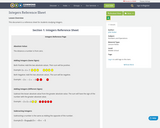
This document is a reference sheet for students studying integers.
- Subject:
- Numbers and Operations
- Material Type:
- Lecture Notes
- Author:
- Julie Stoker
- Date Added:
- 11/29/2019

This document is a reference sheet for students studying integers.
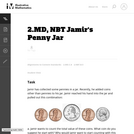
The purpose of this task is to help students articulate their addition strategies and would be most appropriately used once students have a solid understanding of coin values.
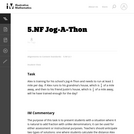
The purpose of this task is to present students with a situation where it is natural to add fraction with unlike denominators; it can be used for either assessment or instructional purposes.
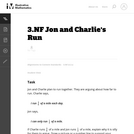
The purpose of this task is to present students with a context where they need to explain why two simple fractions are equivalent.

This is a tutorial on how to create both teacher and student accounts. The tutorial also explains how you can monitor student progress, assign work, and ideas for integrating the lessons into the classroom. Khan Academy is a free resource that aligns with Colorado State Standards in mathematics. This resource can be used to introduce concepts or reinforce classroom lessons. By providing instant feedback and using videos, this resource engages students and allows them to work at their own pace. This tutorial outlines implementation, technical requirements, and school policy.
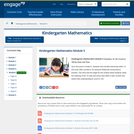
Up to this point in Grade K, students have worked intensively within 10 and have often counted to 30 using the Rekenrek during fluency practice. This work sets the stage for this module where students clarify the meaning of the 10 ones and some ones within a teen number and extend that understanding to count to 100.
Find the rest of the EngageNY Mathematics resources at https://archive.org/details/engageny-mathematics.
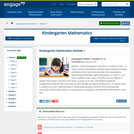
Module 1 of the Kindergarten curriculum in A Story of Units. In Topics A and B, classification activities allow students to analyze and observe their world and articulate their observations. Reasoning and dialogue begin immediately. In Topics C, D, E, and F, students order, count, and write up to ten objects to answer how many? questions from linear, to array, to circular, and finally to scattered configurations wherein they must devise a path through the objects as they count. In Topics G and H, students use their understanding of relationships between numbers and know that each successive number name refers to a quantity that is one greater and that the number before is one less.
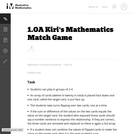
In this game students must engage basic addition and subtraction facts.
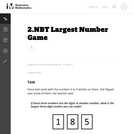
This word problems helps students learn to build the biggest three-digit number given any three numbers between 0 and 9 to use as digits.

This short video and interactive assessment activity is designed to teach third graders about listing all factors.

This short video and interactive assessment activity is designed to teach fourth graders about listing common multiples.

This is a challenging fraction comparison problem. The fractions for this task have been carefully chosen to encourage and reward different methods of comparison.
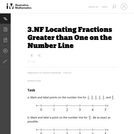
This task requires students to represent fractions on a number line.
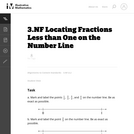
In this number line task students must treat the interval from 0 to 1 as a whole, partition the whole into the appropriate number of equal sized parts, and then locate the fraction(s).

Introducing long division after students have mastered simple, one-digit division problems.
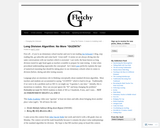
In this blog post and the included lesson plan, Graham Fletcher and Joe Schwartz explore thinking conceptually about the standard division algorithm. In his lesson, Joe Schwartz scaffolds long division using tape diagrams.

This short video and interactive assessment activity is designed to teach fifth graders about multiple rounds of division - long division word problems.

This short video and interactive assessment activity is designed to teach fifth graders about dividing 3 and 4 digit numbers by 2 digit numbers.
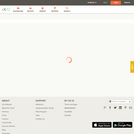
This short video and interactive assessment activity is designed to teach fourth graders about dividing 3 and 4 digit numbers by 2 digit numbers.

The purpose of this task is for students to compare two options for a prize where the value of one is given $2 at a time, giving them an opportunity to "work with equal groups of objects to gain foundations for multiplication." This context also provides students with an introduction to the concept of delayed gratification, or resisting an immediate reward and waiting for a later reward, while working with money.